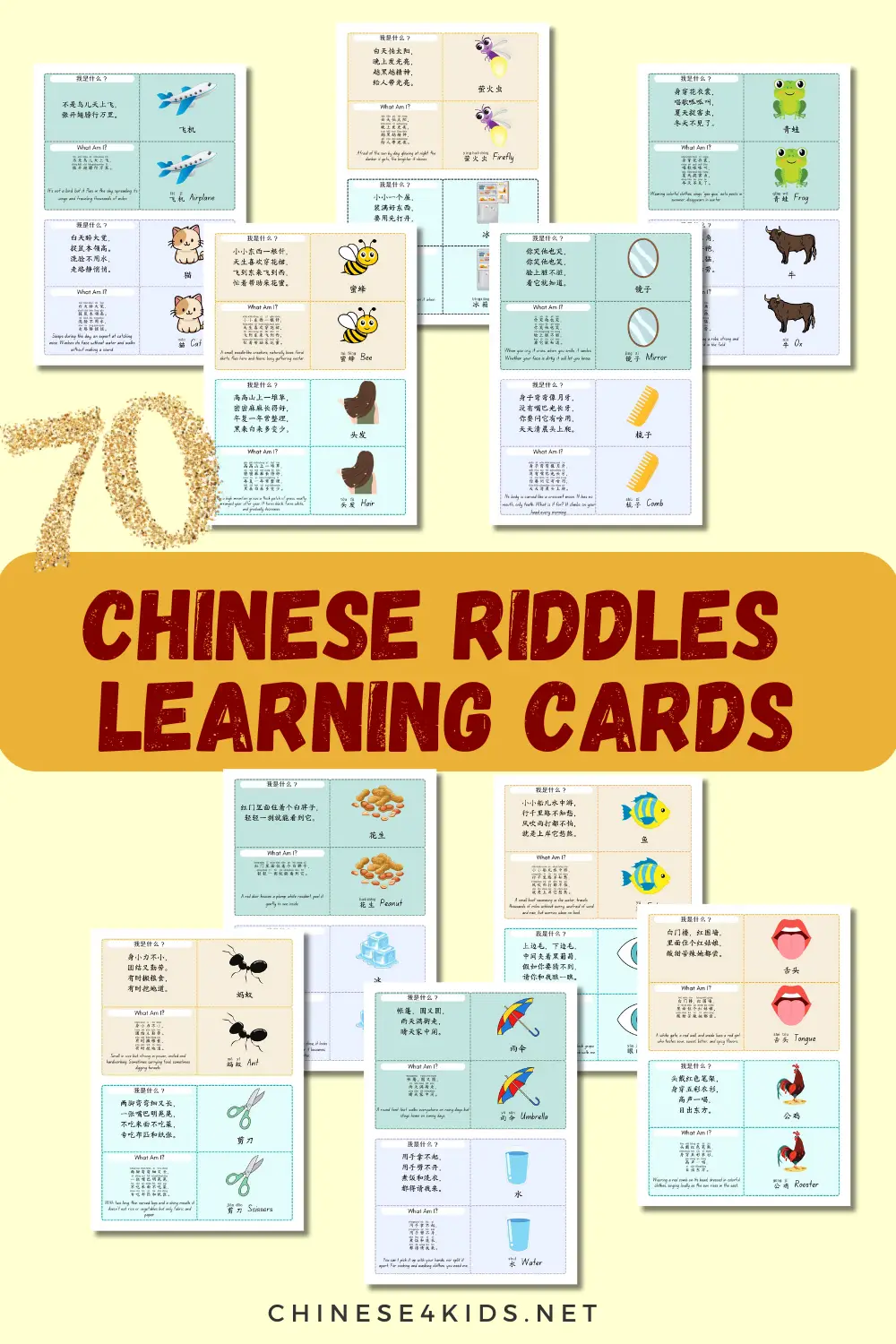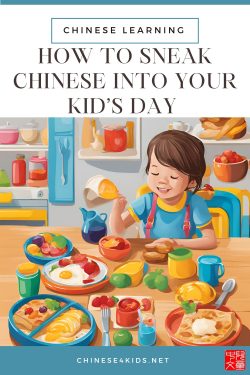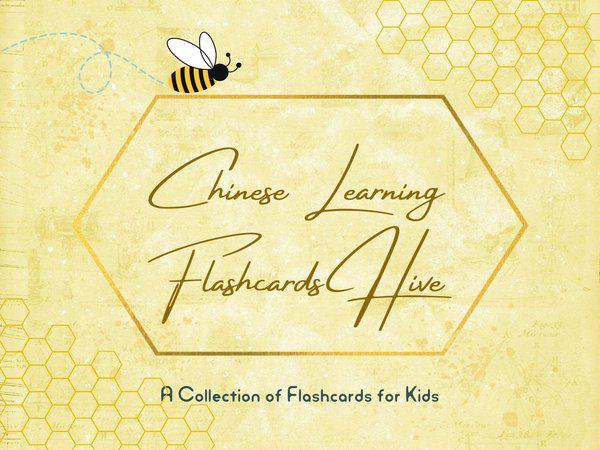
Home » Chinese language education » From Breakfast to Bedtime: How to Sneak Chinese into Your Kid’s Day (Without Them Even Noticing!)
From Breakfast to Bedtime: How to Sneak Chinese into Your Kid’s Day (Without Them Even Noticing!)

Learning a new language can feel like climbing a mountain—daunting and exhausting, especially for kids. But what if the secret to success was hiding in plain sight, right in your daily routine? By weaving Chinese into everyday moments, you can turn language learning into something as natural and effortless as breathing. No need for textbooks or flashcards—just a little creativity and a lot of fun. Integrate Chinese into your kids’ daily life, such as breakfast, playtime, and even bedtime into mini Chinese lessons. That’s how easy it is for your kids learning without noticing.
Morning Madness: Start the Day with Chinese
Mornings are chaotic, but they’re also the perfect time to sprinkle in some Chinese. Here’s how:
Wake Up Call in Chinese
As your child rubs their eyes, greet them with a cheerful “起床了!” (Qǐ chuáng le! – Time to wake up!). You can even play the role of an alarm clock, ringing out, “叮叮叮!七点了,该起床啦!” (Ding ding ding! It’s 7 o’clock, time to get up!).
Brush Up on Vocabulary
While brushing teeth, point to the toothbrush and say “牙刷” (yá shuā). Ask, “你刷牙了吗?” (Nǐ shuā yá le ma? – Did you brush your teeth?). If they shake their head, pretend to be shocked: “Oh no, your teeth will get mad!”
Breakfast Chat
Over cereal or toast, teach words like 牛奶 (niú nǎi – milk) and 面包 (miàn bāo – bread). Ask, “你喜欢牛奶吗?” (Nǐ xǐ huān niú nǎi ma? – Do you like milk?). If they nod, cheer, “你是牛奶小达人。(You’re a milk expert!)”
Pro Tip
If you’re looking for a quick way to get started, check out “30 Child-Friendly Survival Chinese Phrases”—a handy guide packed with essential phrases like “我饿了” (Wǒ è le – I’m hungry) and “我想玩” (Wǒ xiǎng wán – I want to play). It’s perfect for busy parents who want to jump right in!
School Time: Learning Chinese Between Classes
Even if your child isn’t formally studying Chinese at school, you can sneak it into their day:
Set the Scene
Announce, “现在是学习时间!” (Xiàn zài shì xué xí shí jiān! – It’s study time!). Teach words like 书 (shū – book) and 笔 (bǐ – pen) as they settle in.
Timed Challenges
Set a timer for 10 minutes and say, “你有十分钟!” (Nǐ yǒu shí fēn zhōng! – You have 10 minutes!). This helps kids learn numbers and time-related phrases.
Reading Break
Read a simple Chinese story together. Ask, “这个故事有趣吗?” (Zhè gè gù shi yǒu qù ma? – Is this story interesting?). If they enjoyed it, encourage them to retell it in their own words.
Fun Fact
Kids learn faster when they associate words with actions. So, act out verbs like 写 (xiě – write) or 读 (dú – read) while saying them.
Playtime: Making Chinese Fun
Playtime is the perfect opportunity to make Chinese exciting. Here’s how:
Sing Along:
Play a catchy Chinese nursery rhyme like “两只老虎” (Liǎng zhī lǎo hǔ – Two Tigers). Sing together and encourage your child to mimic the words. When the song says “跑得快” (pǎo de kuài – run fast), race around the room shouting, “跑!跑!跑!” (Pǎo! Pǎo! Pǎo!).
Action Games:
Play a Chinese version of Simon Says. Give commands like “跳!” (Tiào! – Jump!) or “跑!” (Pǎo! – Run!). It’s a fun way to learn verbs while burning off energy.
Art in Chinese:
While drawing, teach colors like 红色 (hóng sè – red) and 蓝色 (lán sè – blue). Ask, “你喜欢什么颜色?” (Nǐ xǐ huān shén me yán sè? – What’s your favorite color?). If they pick red, exclaim, “Red is the color of passion!”
Pro Tip:
If you’re looking for more structured guidance, consider enrolling in a “Speak with Kids in Chinese” course. These courses are designed specifically for parents and caregivers, teaching you how to use Chinese naturally in everyday conversations with your child. It’s like having a language coach in your pocket!
Mealtime
Meals are a great time to practice food-related vocabulary. Here’s how:
Cook Together
While preparing food, teach words like 米饭 (mǐ fàn – rice) and 面条 (miàn tiáo – noodles). Say, “我们一起做饭吧!” (Wǒ men yī qǐ zuò fàn ba! – Let’s cook together!). If they help, praise them with, “你真棒!” (Nǐ zhēn bàng! – You’re amazing!).
Restaurant Role Play
Pretend to run a restaurant. Ask, “你想吃什么?” (Nǐ xiǎng chī shén me? – What would you like to eat?). Your child can respond with phrases like “我要米饭” (Wǒ yào mǐ fàn – I want rice).
Taste Test
Try new Chinese dishes and describe them. Ask, “这个好吃吗?” (Zhè gè hǎo chī ma? – Is this delicious?). If they like it, declare, “You’re a foodie in the making!”
Fun Fact
Food is a universal language. Exploring Chinese cuisine makes learning cultural and tasty!
Evening Wind-Down: Ending the Day with Chinese
Evenings are a calm time to reinforce what your child learned during the day. Here’s how:
Bath Time
While bathing, teach words like 水 (shuǐ – water) and 肥皂 (féi zào – soap). Say, “该洗澡了!” (Gāi xǐ zǎo le! – Time to take a bath!). If they dawdle, pretend the faucet is scolding, “Hurry up, the water’s getting impatient!”
Bedtime Stories
Read a Chinese storybook or listen to a lullaby. Ask, “你喜欢这个故事吗?” (Nǐ xǐ huān zhè gè gù shi ma? – Did you like this story?). If they enjoyed it, encourage them to retell it in their own words.
Goodnight Routine
End the day with “晚安!” (Wǎn ān! – Goodnight!) and “明天见!” (Míng tiān jiàn! – See you tomorrow!). If they repeat it, cheer, “You’re a language superstar!”
Pro Tip
Consistency is key. Repeating phrases daily helps kids remember them. Use commonly used sentences in daily situations regularly.
Weekends: Exploring Chinese Beyond the Home
Weekends are perfect for immersive activities. Here are some ideas:
Cultural Outings
Visit a Chinese restaurant or cultural event. Practice phrases like “谢谢” (Xiè xie – Thank you) and “再见” (Zài jiàn – Goodbye).
Movie Night
Watch a Chinese cartoon or movie, like “Boonie Bears.” Afterward, ask, “你喜欢这个电影吗?” (Nǐ xǐ huān zhè gè diàn yǐng ma? – Did you like this movie?).
Shopping Fun
Use Chinese while shopping. Say, “多少钱?” (Duō shǎo qián? – How much is it?) or “我喜欢这个” (Wǒ xǐ huān zhè gè – I like this).
Fun Fact
Immersive experiences help kids connect language to real-life situations.
Using Technology to Boost Learning
Tech can be a powerful tool for language learning. Here’s how to use it:
Apps and Games
Try apps like Duolingo or HelloChinese. Set a daily goal, like “每天学习十分钟” (Měi tiān xué xí shí fēn zhōng – Study for 10 minutes every day).
YouTube Channels
Watch Chinese learning channels such as Chinese for kids. Sing along to songs or repeat phrases.
Language Mode
Switch devices to Chinese. Seeing the language daily reinforces learning without extra effort.
Pro Tip
Balance screen time with real-life practice. Tech is a tool, not a replacement for interaction.
Creating a Chinese-Friendly Environment
Make Chinese a natural part of your classroom or home. Here’s how:
Labels Everywhere
Label furniture, toys, and appliances with Chinese words. For example, put “门” (mén – door) on the door, and “冰箱” (bīng xiāng – fridge) on the fridge.
Daily Phrases
Use simple phrases like “你好” (Nǐ hǎo – Hello) and “谢谢” (Xiè xie – Thank you) regularly.
Celebrate Progress
Reward your child for using Chinese. Say, “你真棒!” (Nǐ zhēn bàng! – You’re awesome!).
Small Steps, Big Results
Integrating Chinese into daily life doesn’t have to be overwhelming. Start small, stay consistent, and make it fun. Before you know it, your child will be using Chinese naturally—and you might even pick up a few words too! Remember, the goal isn’t perfection; it’s progress. So, grab a sticky note, sing a song, or cook a meal together. Every little bit counts. 加油!(Jiā yóu! – Keep it up!)
If you like this article, share it

You May Also Be Interested:
- Chinese4kids Membership – a portal for busy Chinese teachers and parents
- Chinese learning flashcards Hive – a flashcards library that with regular additions of new quality Chinese learning flashcards
- Chinese learning worksheets collection – Also a part of Chinese4kids membership, this collection is for teachers and parents who want to have access to engaging worksheets and activity sheets created for kids learning Mandarin Chinese as an additional language
- Speak Chinese with Kids Course
- Chinese Vocabulary Made Easy Course
Recent Posts
Join Our Membership
Enroll to A Course
Buy An eBOOK
Our Posts














